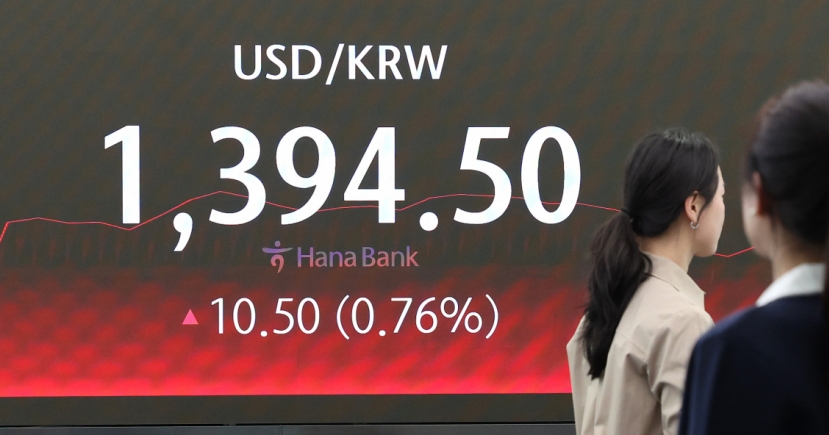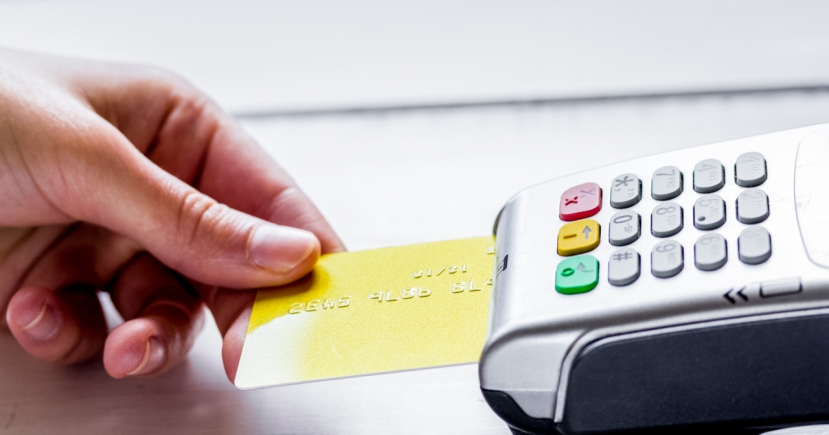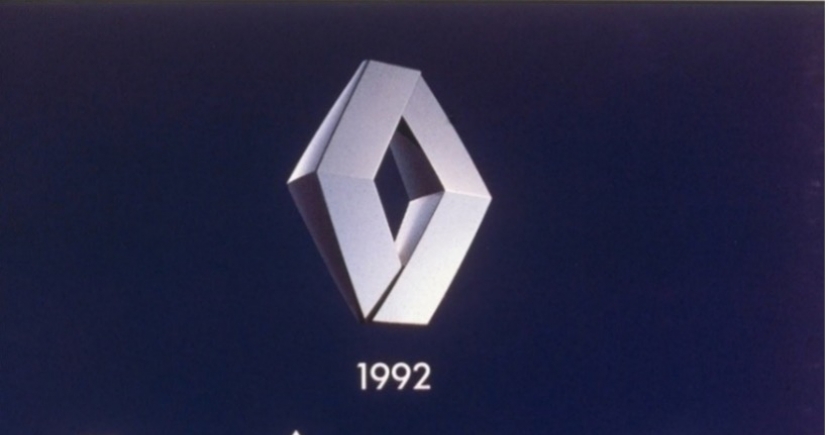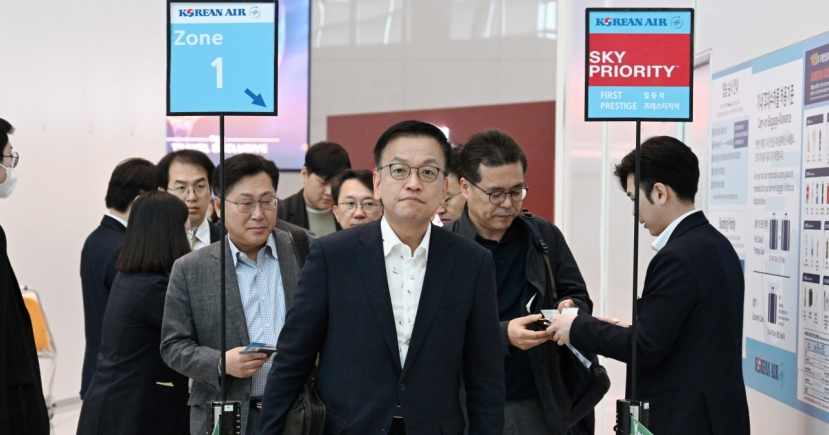Retail & Consumer
Korean Drug Ministry confirms safety of sanitary pads sold here
[THE INVESTOR] South Korea’s Ministry of Food and Drug Safety on Dec. 28 concluded that the level of chemical substances found in sanitary pads sold here are not hazardous to the human body.
The conclusion came after the ministry conducted toxicity tests on sanitary pads, tampons, panty liners and diapers sold in Korea to check for levels of 74 volatile organic compounds such as cholorobenzene and acetone.
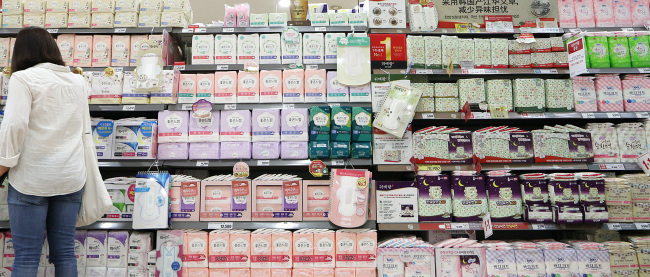 |
“After conducting reviews and toxicity tests on 74 VOCs found in sanitary pads, we’ve concluded that their levels are not harmful to the human body,” the ministry said in a statement.
“The toxicity testing and evaluation procedures were carried out in a scientifically sound and transparent manner under the guidance of experts. There were no products found to be unsafe.”
This was the ministry’s second round of investigations into Korea’s female hygiene products. The drug regulator had initially tested sanitary pads sold here for 10 VOCs considered most toxic to humans, such as ethylbenzene, styrene and chloroform. It concluded in September that “there were no products confirmed to be toxic.”
The Korean government began reviewing the safety of sanitary pads, panty liners, tampons and diapers sold here after a local civic group claimed that its internal tests had shown that sanitary pads sold in Korea contained carcinogenic, toxic chemicals.
The news, which broke out in March this year, prompted a public outcry over the safety of sanitary pads. To address growing concerns, the Drug Ministry formed a special committee to evaluate the safety of sanitary pads sold here, including both locally manufactured and imported products.
For the latest investigation, the ministry looked into 666 types of sanitary pads and panty liners manufactured by 61 companies, and 370 types of diapers from 87 companies, which were manufactured after 2014.
To test for the VOCs at maximum level, the sanitary pads were frozen at minus 196 degrees Celsius and broken down. The contents were reheated at 120 degrees Celsius. The VOCs released at this time were measured via liquid chromatography-mass spectrometry techniques.
The ministry then compared VOC levels that would be absorbed by the body with a toxicity chart to evaluate whether they were safe.
The results showed that 24 types of VOCs including bromobenzene were not found in the sanitary pads. And the 50 types of VOCs that were found existed in low levels that were not harmful to the human body, the drug regulator said.
Looking ahead, the Drug Ministry plans to conduct additional tests next year to check whether sanitary pads sold here contain other toxic chemicals including phthalate and dioxin.
It will also regularly conduct VOC level tests on sanitary pads sold by the biggest firms in the business including Yuhan-Kimberly, KleanNara, P&G Korea, LG Unicharm and Welcron Healthcare, the maker of the Yejimiin sanitary pad brand.
“We sincerely apologize for causing public worries over the sanitary pad safety issue. We will work toward strengthening our safety standards to ensure that female citizens can safely use feminine hygiene products,” said Drug Safety Minister Ryu Young-jin in a statement.
By Sohn Ji-young/The Korea Herald (jys@heraldcorp.com)


